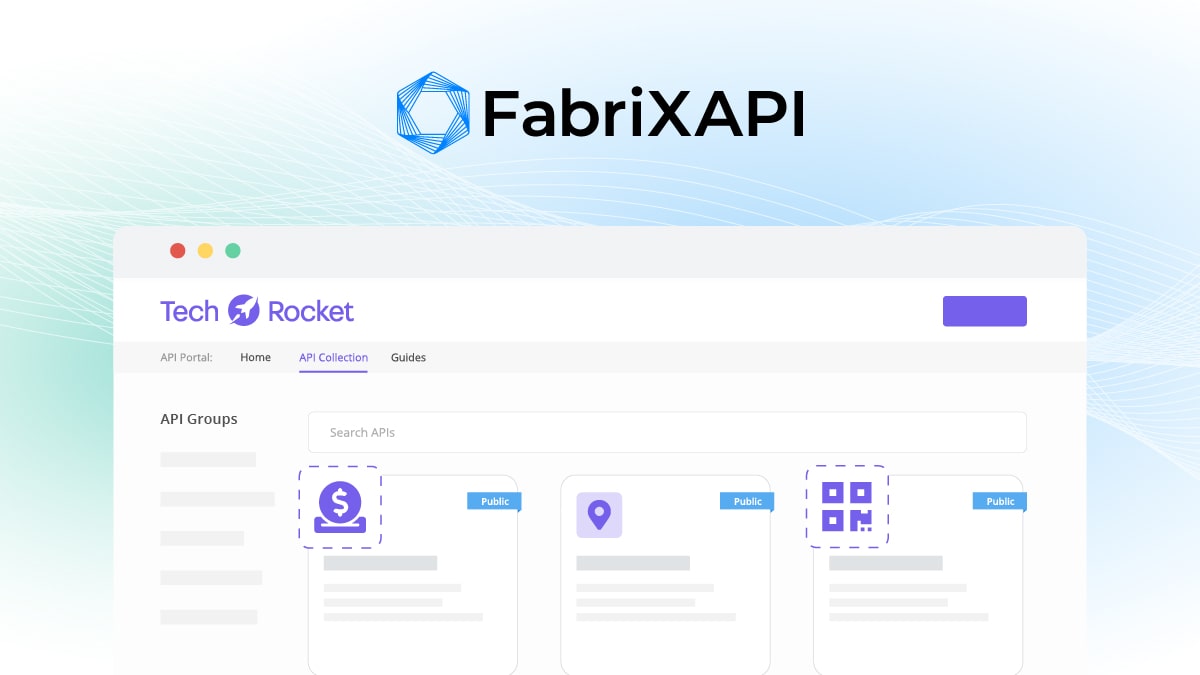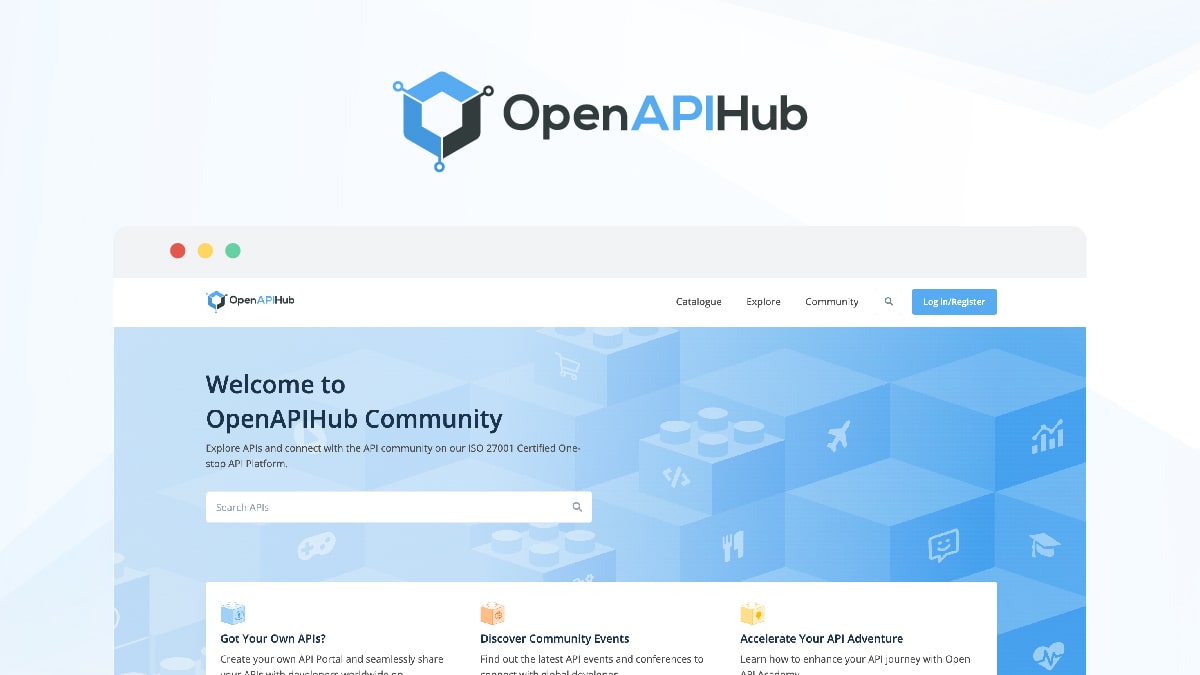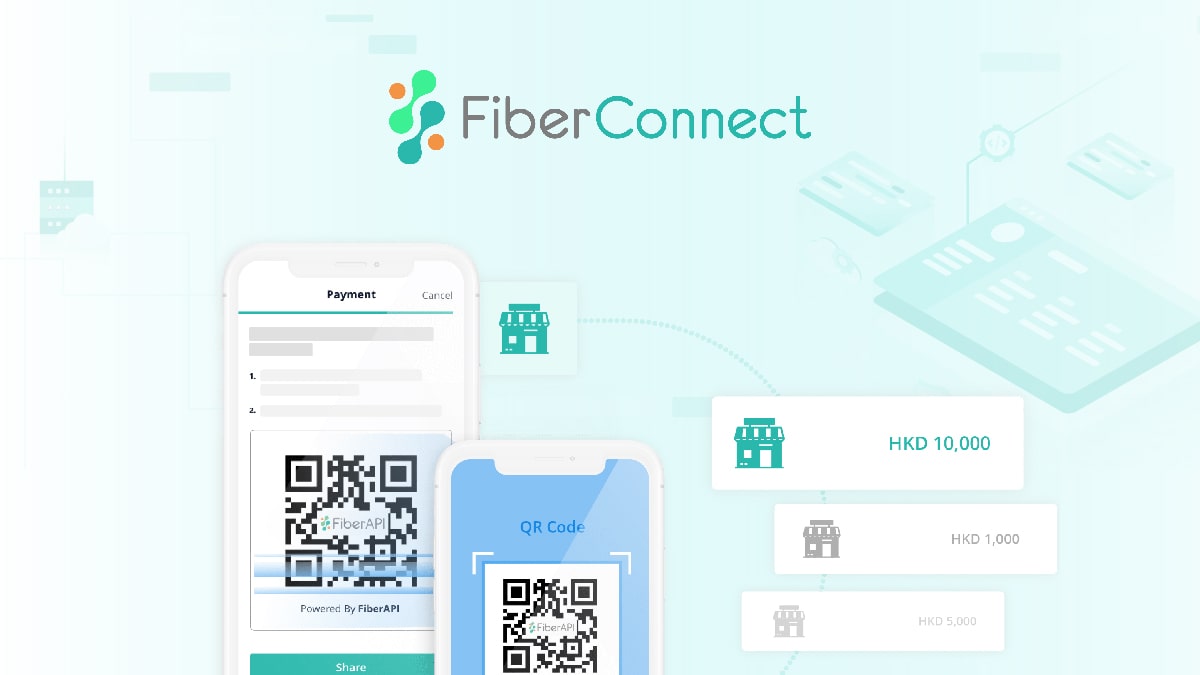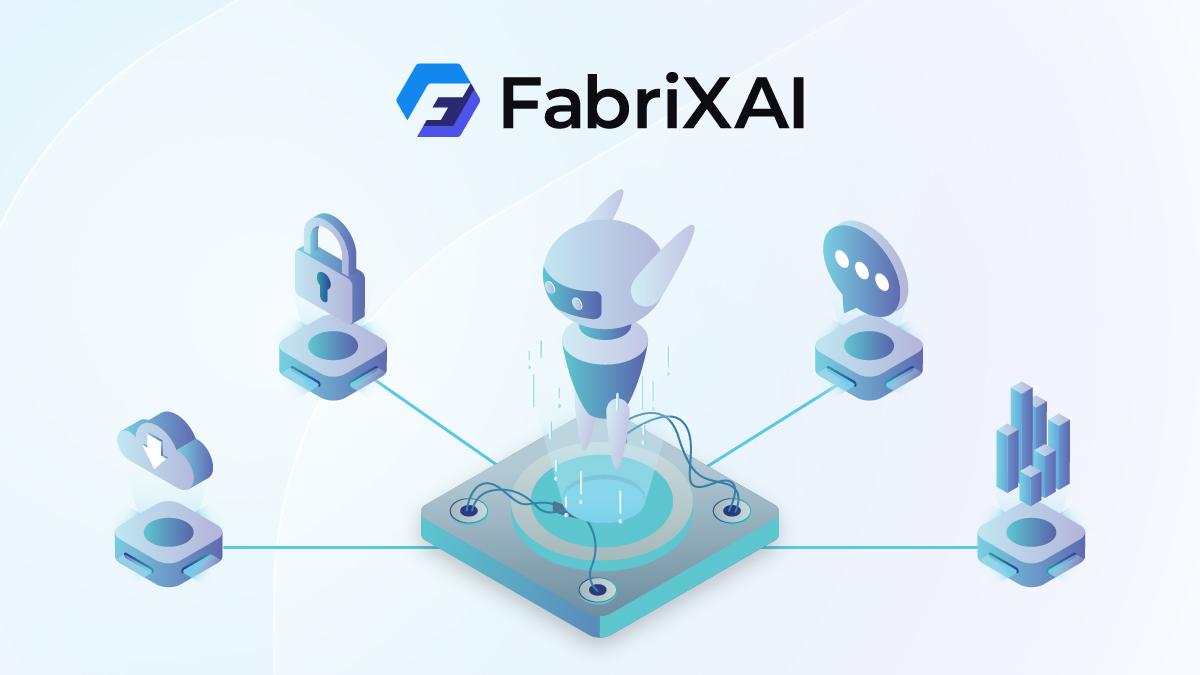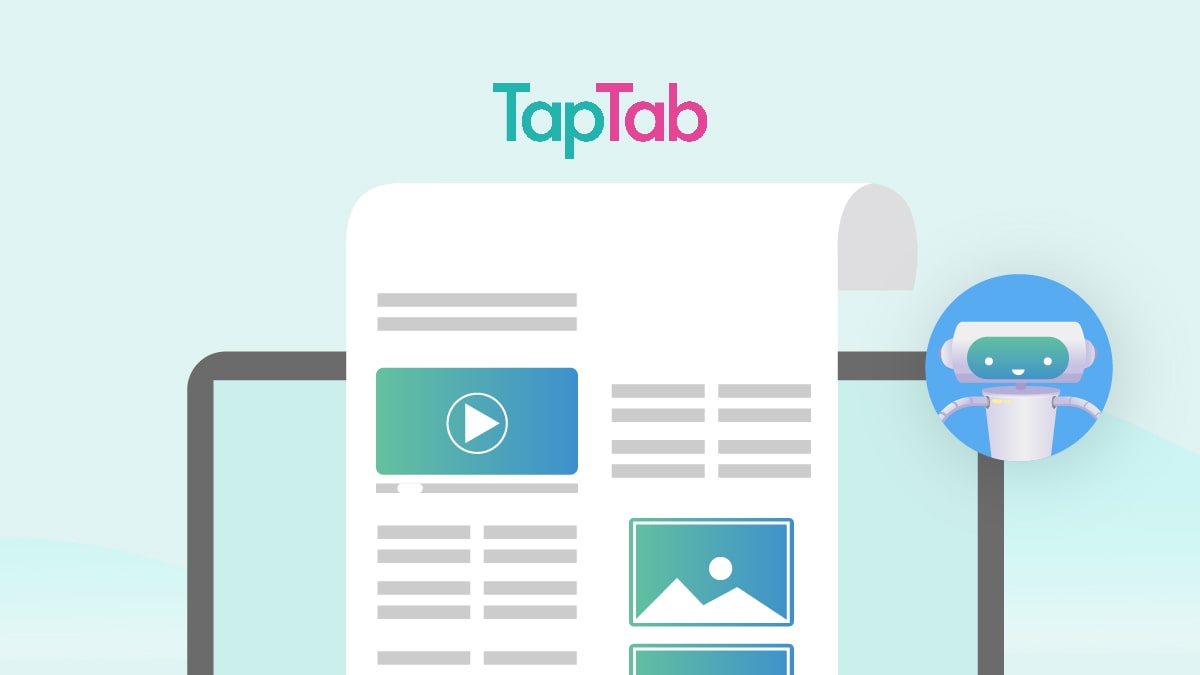Be the Novelty
in AI+ API Era
Empower Your Business with AI Agents and APIs
Empower Your Business with AI Agents and APIs


Trusted by Enterprises Across Industries
* Further references available upon request.
Accelerate Business Growth with
Modular API and Agentic AI Solutions
beNovelty is an experienced, award-winning API solution provider for enterprises and startups. We have evolved from offering standalone API solutions to pioneering an approach that blends API and Agentic AI technologies.
By harnessing the power of Agentic AI, we deliver highly effective, tailored solutions for complex challenges while avoiding the hallucination problems associated with Gen AI by using APIs as tools. Our modular approach empowers businesses to innovate swiftly, eliminating redundancies and enhancing efficiency. By seamlessly integrating API and AI, we provide scalable and intelligent digital interactions that drive transformative change.
Join us on this journey to shape the future with beNovelty's AI-driven API ecosystem. Discover new opportunities and unlock your business's full potential!



API-First Architecture
Efficient API solutions for seamless integration and superior performance.

Agentic AI Solutions
Intelligent AI agents for automating tasks and boosting operational efficiency.

API-First Architecture
Seamlessly integrate and enhance performance with streamlined API solutions tailored for modern enterprises, ensuring efficient connectivity and scalability.


Enterprise Services for API Platform Development


API Gateway and Infrastructure in Cloud Native Environment
Secure, scalable API gateway and infrastructure solutions tailored for cloud-native environments.

API Services Development
Custom API development to enhance connectivity and performance.

API Strategy and Ecosystem Development
Strategic planning and ecosystem development to maximize API potential.

API Training & Hackathon
Hands-on training sessions and hackathons to upskill your team and foster innovation.

beNovelty's SaaS API Solutions


Agentic AI Solutions
Harness intelligent AI agents to automate tasks and boost overall operational efficiency, tailored to meet your unique business needs.


Enterprise Services for AI Agent Development


AI Gateway and Infrastructure in Cloud Native Environment
Advanced AI gateway and infrastructure designed for optimal performance in cloud-native settings.

AI Agents Development
Custom development of AI agents to meet specific business needs.

RAG, LLM Fine Tuning and Guardrails
Specialized services in Retrieval-Augmented Generation (RAG), large language model fine-tuning, and implementation of guardrails for AI safety.

beNovelty's SaaS Agentic AI Solutions

Got a Question?
We'd love to talk about how we can help you.

Your Security is Our Top Priority
beNovelty is trusted by the fastest growing startups and the largest enterprises. Our APIs and platform adhere to leading security and compliance standards to ensure that all your communication and data are encrypted both in rest and motion.

What Our Partners Say
Are You Ready to Innovate Without Redundancies?
Discover how beNovelty can help you gain an Experience Edge for your business.





